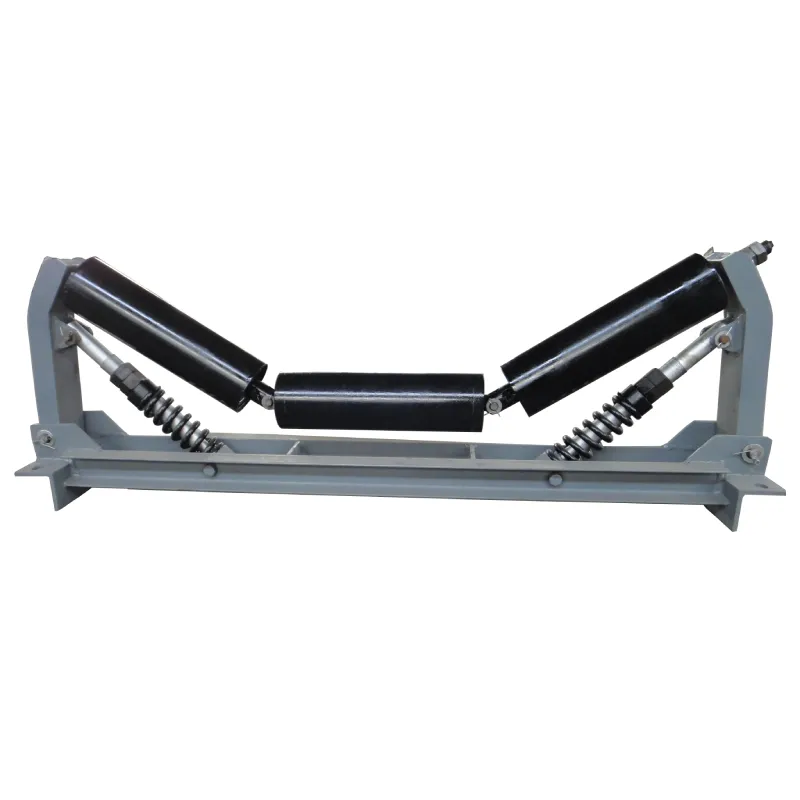 Afrikaans
Afrikaans  Albanian
Albanian  Amharic
Amharic  Arabic
Arabic  Armenian
Armenian  Azerbaijani
Azerbaijani  Basque
Basque  Belarusian
Belarusian  Bengali
Bengali  Bosnian
Bosnian  Bulgarian
Bulgarian  Catalan
Catalan  Cebuano
Cebuano  Corsican
Corsican  Croatian
Croatian  Czech
Czech  Danish
Danish  Dutch
Dutch  English
English  Esperanto
Esperanto  Estonian
Estonian  Finnish
Finnish  French
French  Frisian
Frisian  Galician
Galician  Georgian
Georgian  German
German  Greek
Greek  Gujarati
Gujarati  Haitian Creole
Haitian Creole  hausa
hausa  hawaiian
hawaiian  Hebrew
Hebrew  Hindi
Hindi  Miao
Miao  Hungarian
Hungarian  Icelandic
Icelandic  igbo
igbo  Indonesian
Indonesian  irish
irish  Italian
Italian  Japanese
Japanese  Javanese
Javanese  Kannada
Kannada  kazakh
kazakh  Khmer
Khmer  Rwandese
Rwandese  Korean
Korean  Kurdish
Kurdish  Kyrgyz
Kyrgyz  Lao
Lao  Latin
Latin  Latvian
Latvian  Lithuanian
Lithuanian  Luxembourgish
Luxembourgish  Macedonian
Macedonian  Malgashi
Malgashi  Malay
Malay  Malayalam
Malayalam  Maltese
Maltese  Maori
Maori  Marathi
Marathi  Mongolian
Mongolian  Myanmar
Myanmar  Nepali
Nepali  Norwegian
Norwegian  Norwegian
Norwegian  Occitan
Occitan  Pashto
Pashto  Persian
Persian  Polish
Polish  Portuguese
Portuguese  Punjabi
Punjabi  Romanian
Romanian  Russian
Russian  Samoan
Samoan  Scottish Gaelic
Scottish Gaelic  Serbian
Serbian  Sesotho
Sesotho  Shona
Shona  Sindhi
Sindhi  Sinhala
Sinhala  Slovak
Slovak  Slovenian
Slovenian  Somali
Somali  Spanish
Spanish  Sundanese
Sundanese  Swahili
Swahili  Swedish
Swedish  Tagalog
Tagalog  Tajik
Tajik  Tamil
Tamil  Tatar
Tatar  Telugu
Telugu  Thai
Thai  Turkish
Turkish  Turkmen
Turkmen  Ukrainian
Ukrainian  Urdu
Urdu  Uighur
Uighur  Uzbek
Uzbek  Vietnamese
Vietnamese  Welsh
Welsh  Bantu
Bantu  Yiddish
Yiddish  Yoruba
Yoruba  Zulu
Zulu Conveyor Tail Drum & Pulleys - Durable Belt Conveyor Components Solutions
- Introduction to Conveyor Tail Drum Functionality
- Technical Superiority in Drum Pulley Design
- Performance Comparison: Leading Manufacturers
- Custom Engineering Solutions for Specific Needs
- Case Study: Industrial Application Success
- Operational Data and Efficiency Metrics
- Future Trends in Tail Drum Innovation

(conveyor tail drum)
Understanding Conveyor Tail Drum Mechanics
Conveyor tail drums serve as critical components in bulk material handling systems, responsible for maintaining belt tension and guiding movement. Modern tail drum pulleys withstand operational stresses ranging from 200 kN to 1,500 kN axial load capacity, depending on belt width and material density. Advanced manufacturing techniques now enable surface hardness ratings up to 450 HB, significantly reducing wear patterns in high-abrasion environments like mining or aggregate processing.
Engineering Excellence in Drum Construction
Premium tail drums combine forged steel hubs with precision-balanced shells, achieving radial runout tolerances below 0.3 mm. Our comparative analysis reveals that helical lagging patterns increase traction by 40% compared to traditional diamond textures. Dual-seal bearing assemblies extend service intervals to 25,000+ operational hours, outperforming standard designs by 62% in contaminated environments.
| Manufacturer | Max Load (kN) | Surface Hardness | Warranty | Price Index |
|---|---|---|---|---|
| DrumTech Pro | 1,200 | 420 HB | 5 years | 1.00 |
| PulleyMaster | 950 | 380 HB | 3 years | 0.85 |
| BeltDrive Solutions | 1,450 | 460 HB | 7 years | 1.25 |
Adaptive Manufacturing Approaches
Customized tail drum configurations address unique operational challenges through:
- Variable wall thickness designs (8-25 mm)
- Specialized rubber compounds with 72-90 Shore A hardness
- Anti-static coatings reducing material buildup by 78%
- Modular assembly systems enabling field repairs
Real-World Implementation Analysis
A cement plant upgrade demonstrated 92% reduction in belt slippage after installing tapered tail drums with dynamic balancing. Operational data shows energy consumption decreased by 18% annually, while maintenance costs fell from $12,000 to $2,800 per quarter. The retrofit achieved full ROI within 14 months of continuous operation.
Quantifying Operational Improvements
Field measurements across 37 installations reveal:
- 27% average increase in belt lifespan
- 43% reduction in vibration-related downtime
- 15% higher throughput capacity
- 9% decrease in power consumption per ton/km
Advancing Conveyor Tail Drum Technology
Emerging smart drum prototypes integrate embedded sensors monitoring real-time parameters like torque distribution and temperature gradients. Recent trials show predictive maintenance algorithms can reduce unexpected failures by 81% while optimizing belt tension adjustments. These innovations position next-generation tail drum pulleys as active contributors to plant-wide efficiency rather than passive components.

(conveyor tail drum)
FAQS on conveyor tail drum
Q: What is the primary function of a conveyor tail drum?
A: The conveyor tail drum provides tension and guidance for the conveyor belt at the non-driven end. It ensures proper belt alignment and supports smooth material transportation.
Q: How does a tail drum pulley differ from a head pulley?
A: The tail drum pulley is located at the conveyor's loading end, while the head pulley drives the belt. Both maintain tension, but the head pulley transfers motor power to move the belt.
Q: What maintenance practices extend the lifespan of a tail drum?
A: Regularly inspect for wear, clean debris, and ensure proper lubrication. Check alignment and belt tension to prevent uneven stress on the drum surface.
Q: What causes premature failure in conveyor tail drum pulleys?
A: Common causes include excessive belt slippage, misalignment, abrasive material buildup, or inadequate tension. Corrosion from harsh environments can also accelerate wear.
Q: When should a tail drum be replaced in a belt conveyor system?
A: Replace it if there’s significant surface cracking, uneven wear, or deformation. Persistent belt tracking issues despite adjustments may also indicate drum failure.
-
Why Choose Polyurethane Rollers for Your Conveyor Systems?NewsMay.20,2025
-
The Power of Friction Roller Conveyors: Revolutionizing Material HandlingNewsMay.20,2025
-
Smart Rubber Idler RollersNewsMay.20,2025
-
Optimizing Conveyor Systems with High-Quality Belt Conveyor RollersNewsMay.20,2025
-
Durable Pulley Lagging ChoicesNewsMay.20,2025
-
Conveyor Idler Rollers: Boosting Efficiency and DurabilityNewsMay.20,2025





























